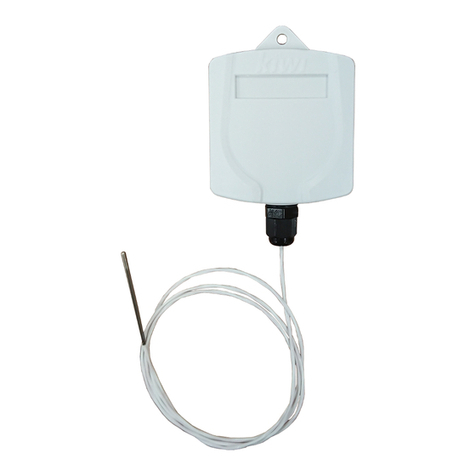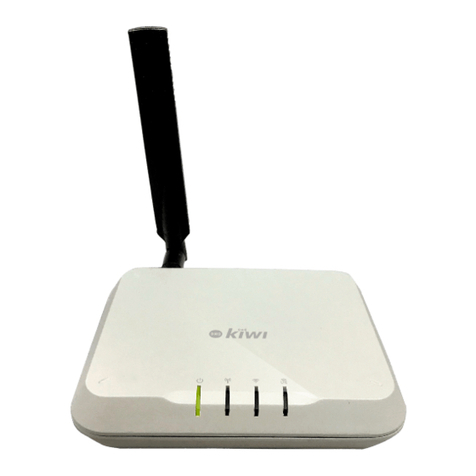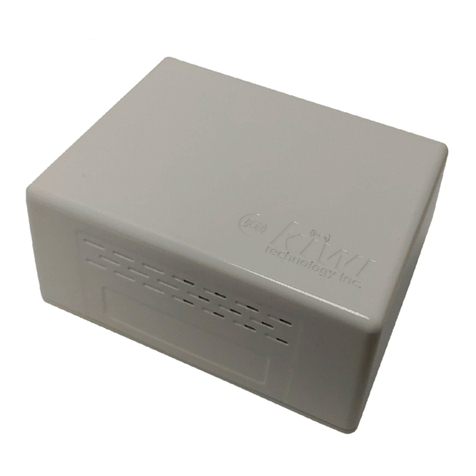
kiwitec Confidential Documentation i
Table of Contents
1. Introduction........................................................................................................................................ 1
2. Installation.......................................................................................................................................... 2
3. Device Setup ....................................................................................................................................... 4
4. Report and Data Format ...................................................................................................................... 7
4.1. Mode A ..................................................................................................................................... 7
4.1.1. Temperature Report................................................................................................................... 8
4.1.2. Status Report.............................................................................................................................. 8
4.1.3. Temperature Alarm .................................................................................................................... 8
4.1.4. Downlink Setting Command....................................................................................................... 8
4.2. Mode B.....................................................................................................................................10
4.2.1. Temperature Report (Uplink)................................................................................................... 10
4.2.2. Remote Setting Command (Downlink)..................................................................................... 11
5. Firmware Upgrade..............................................................................................................................12






























